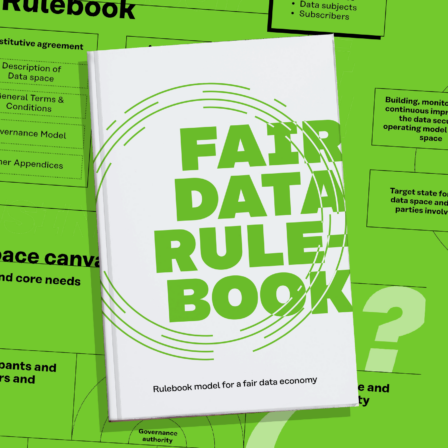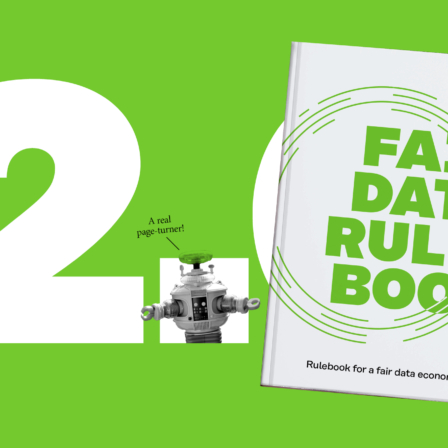The internet was created for adults, and yet UNICEF estimates that children make up a third of all internet users. This reality is not reflected in any way in the terms of use of the most popular applications.
Children have simply been disregarded. In online services, their role is mainly to generate data for the targeting of services. The age limit of 13 that many services set does not provide adequate protection for children because children themselves frequently break that rule.
We need to recognise that a 13-year-old has, at best, a limited understanding of the rules of the platform economy and data collection.
In the case of a toddler, a parent usually controls their internet use by sitting nearby and adjusting the settings of devices and apps. However, as the child grows older, watching over their shoulder and restricting their internet use becomes unfeasible. Suddenly, the child is at the mercy of the giants of the data economy, enthralled by a wide array of attractive apps.
There are numerous studies on snooping by apps and service terms of use, and the conclusions of these studies are concerning without exception. When the goal is to collect as much diverse data as possible on service users, children are production factors, the same as adults. This means that the apps also want as many different permissions as possible to access the various functions of the child’s phone, such as the microphone, camera, photo library, location or contacts.
Terms of use must be made more easily understandable
The most popular services are the most demanding towards their users. TikTok, YouTube and Instagram are tremendously popular with children and young people, and they rank poorly in terms of the fairness and transparency of their terms of use. TikTok requests 26, YouTube requests 32 and Instagram requests 33 different permissions to access the various functions of the user’s phone. How many children – or their parents – have actually read and understood the terms of use? Parents who want to get to know the terms of use of the apps their children use – in addition to the terms of use of apps they use themselves – such as MS Teams, Zoom, Slack and Facebook – need to devote a large chunk of time to doing so.
One estimate suggests that reading the terms of use of the 13 most popular applications would take over 17 hours, more than the time it takes to read a Harry Potter novel.
It’s no wonder that studies also show that most people either do not read the terms of use at all, only read a small part of them or do not even understand what they read. A study conducted by the BBC in 2018 concluded that understanding the terms of use requires a university-level education.
Consumers still have the power to influence
It is important for children and parents to send feedback on terms of use to app developers, even if that may seem pointless. Feedback is also important because many apps are fun and useful, and their continued development should be done on the terms of the people who use them.
If enough people start to insist on fairer rules for service use, even large corporations may finally start to listen to the needs of children and the demands of adults. Consumers still wield at least some influence by making choices. Non-governmental organisations, such as UNICEF, Plan and MyData, engage in important work in their respective fields to make operating models healthier. The European Commission is also taking action and seeking solutions through regulatory measures. The rest of us must support these efforts through our own actions and, as parents, we must ensure that our children have the necessary skills and competencies to be responsible digital service users. Your own skills are a good place to start.
Sitra’s digiprofile test helps parents and young people assess their own level of competence.
Five recommendations for parents and children
- Arrange some time together and sit down with your child. First, review the privacy settings on the child’s phone together and talk about the settings. Then, do the same for each app, one at a time. Uninstall applications that are unnecessary or whose terms of use are unreasonable.
- Discuss what privacy means and how it can be protected.
- Also discuss some clear examples – such as why you should not leave an app constantly running in the background. It makes sense to go to the trouble of signing in when you actually need an app. Apps do not need to know the location of the child at all times.
- For messaging between family members, use alternative tools that respect privacy. Examples of instant messaging apps include Signal and Telegram, which are easy to use alongside Snapchat and WhatsApp if you do not want to stop using those apps because your friends and relatives use them.
- Revisit the issue occasionally, take an interest and be active in giving advice and support to your children. With older children, it may be a good idea to question their views – or then get some good advice yourself.
Next, we suggest that you put on your headphones and listen to an interview with our specialist Riitta Vänskä on the Plan International Finland podcast (in Finnish) on the data economy and children.

















Recommended
Have some more.